A capsule wardrobe is all about simplicity, versatility, and functionality, but there’s one potential pitfall: it can sometimes feel too plain. With its focus on neutral colors, timeless silhouettes, and minimalism, a capsule wardrobe risks becoming monotonous. This is where texture comes in. Adding texture is the secret to elevating your outfits and making your wardrobe feel dynamic, tactile, and luxurious—without disrupting its cohesion.
I remember when I first built my capsule wardrobe. While I loved the practicality of having fewer pieces that worked seamlessly together, I began to notice that my outfits sometimes felt too flat or repetitive. That’s when I discovered the transformative power of texture. A chunky knit sweater, a silk scarf, or even a pair of leather boots could add visual interest and depth to my outfits. Suddenly, my capsule wardrobe felt alive, and dressing became a creative and exciting process again.
About the Author and My Trend Boutique
In this guide, we’ll explore how to incorporate texture into your capsule wardrobe in a way that enhances its versatility and style. Whether you’re working with classic neutrals or bold accent colors, these tips will help you use texture to create outfits that are rich, layered, and anything but boring.
Foundational Concepts: Why Texture Matters in a Capsule Wardrobe
Texture refers to the surface quality of a fabric—whether it’s smooth, rough, soft, or shiny. While color and silhouette often get the most attention, texture plays a critical role in how an outfit looks and feels. Adding texture to your capsule wardrobe allows you to create contrast, depth, and visual interest without introducing unnecessary complexity.
Why Texture Is Essential:
- Creates Visual Interest: Texture makes even monochromatic outfits feel dynamic and engaging.
- Adds Dimension: Layering different textures creates a sense of depth and sophistication in your outfits.
- Elevates Basics: Textured pieces make simple staples like t-shirts, sweaters, or jeans feel more luxurious and unique.
- Maintains Cohesion: Unlike bold patterns or prints, texture integrates seamlessly into a minimalist wardrobe.
- Enhances Versatility: Textured fabrics can transition easily between casual and formal settings.
By incorporating texture, you can elevate your capsule wardrobe from functional to fashion-forward, ensuring that your outfits always feel fresh and intentional.
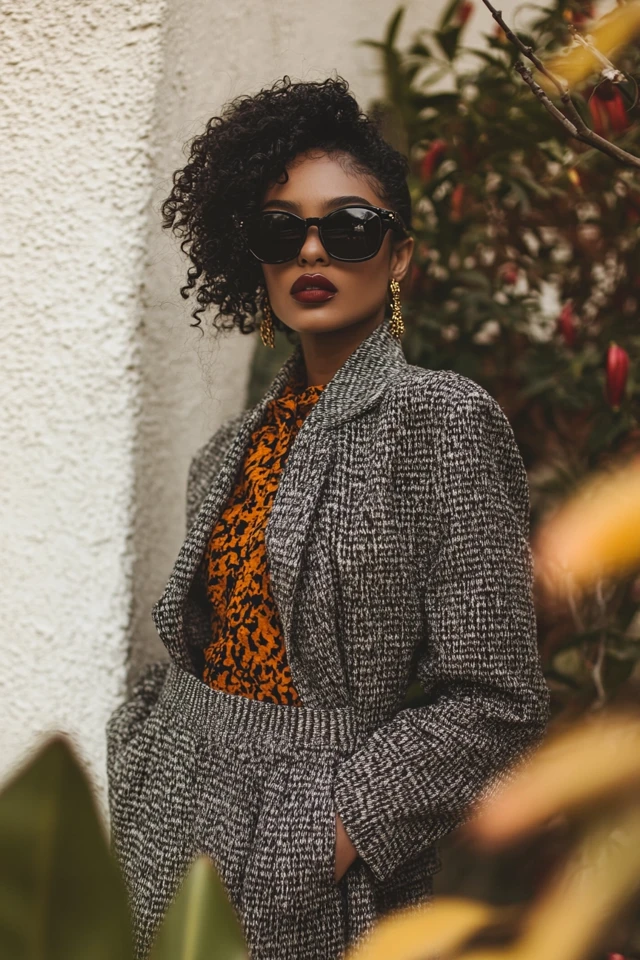
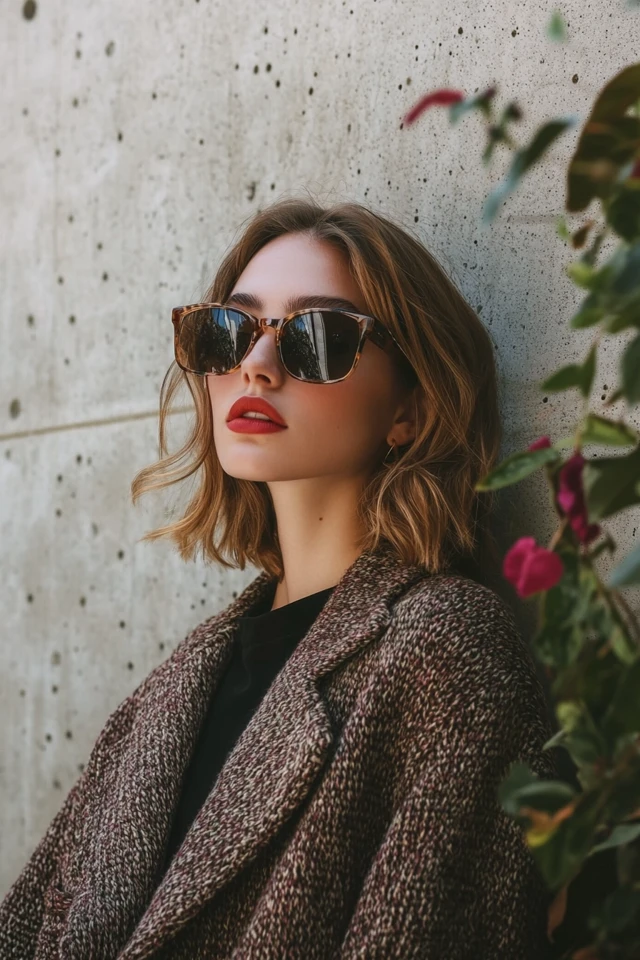
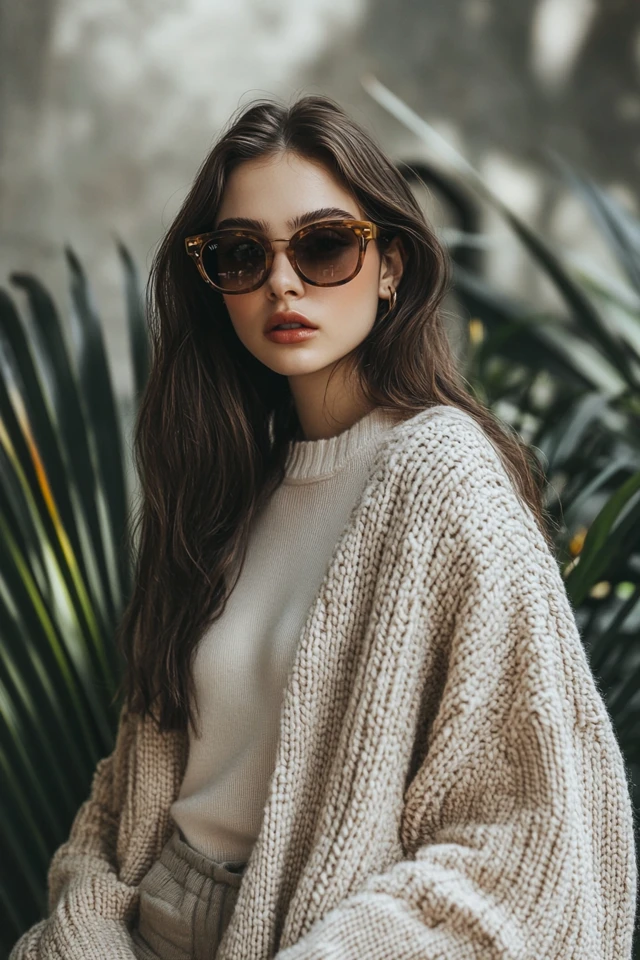

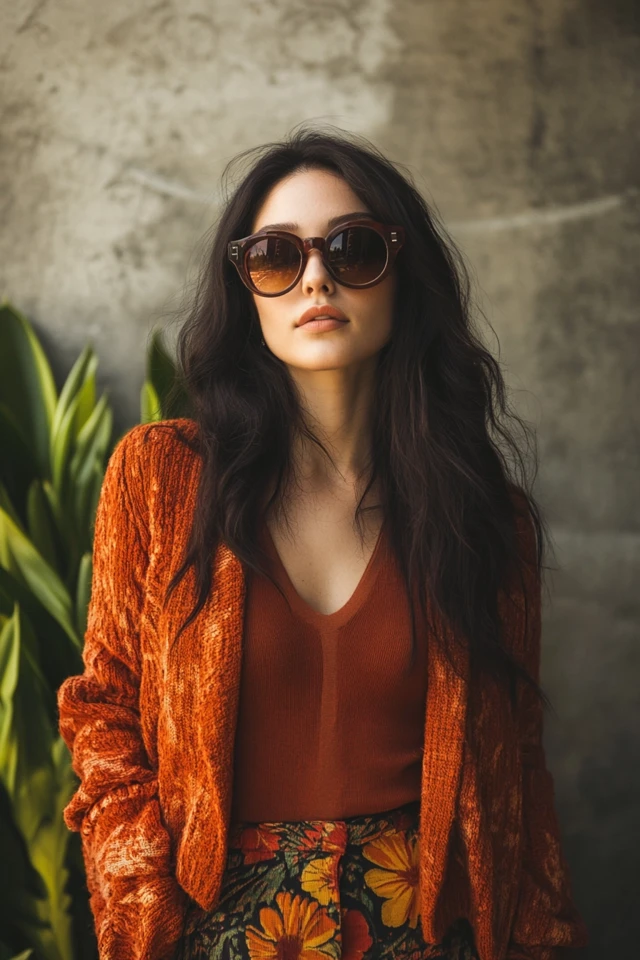
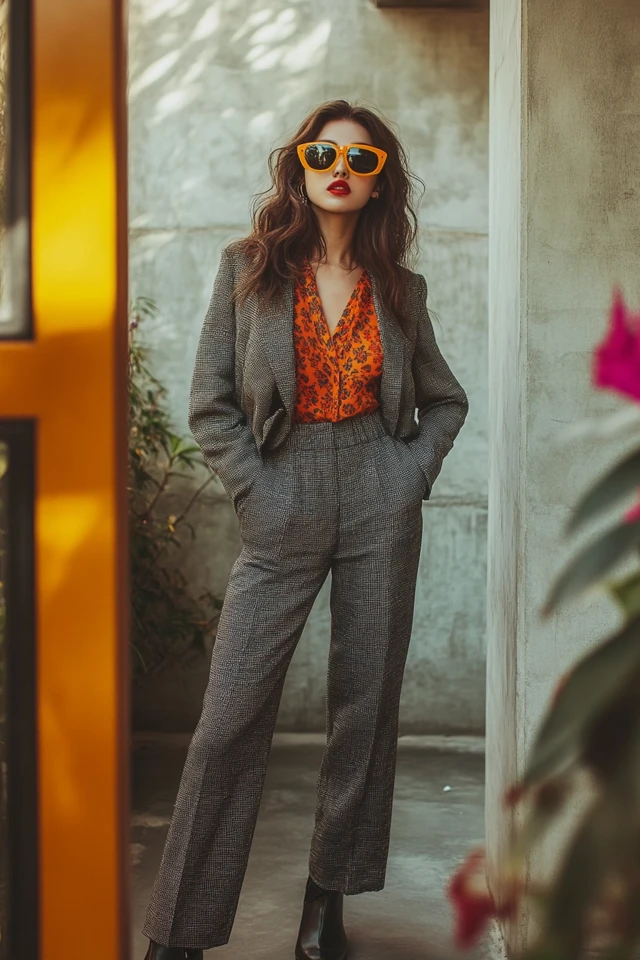
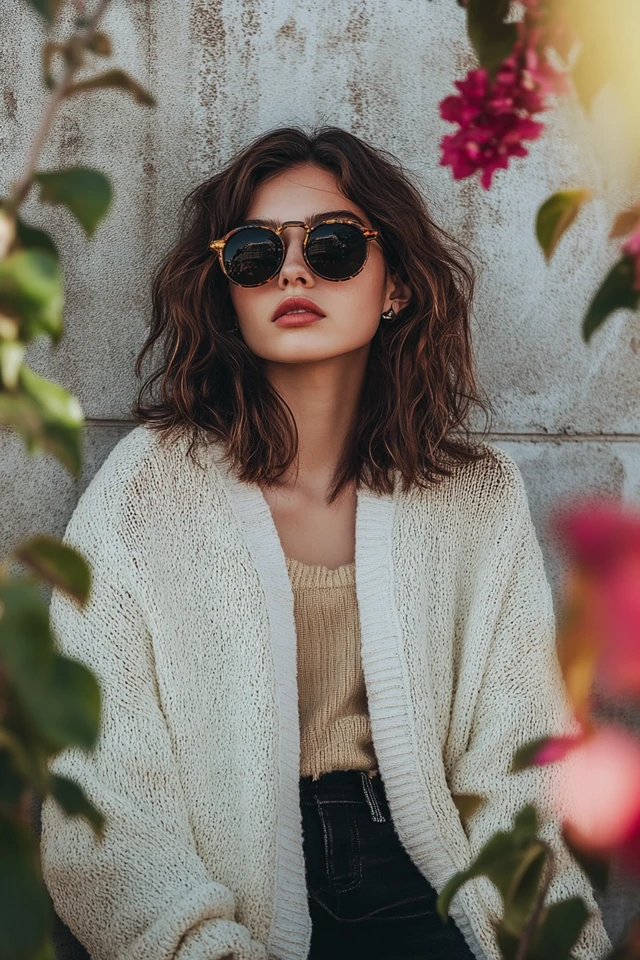
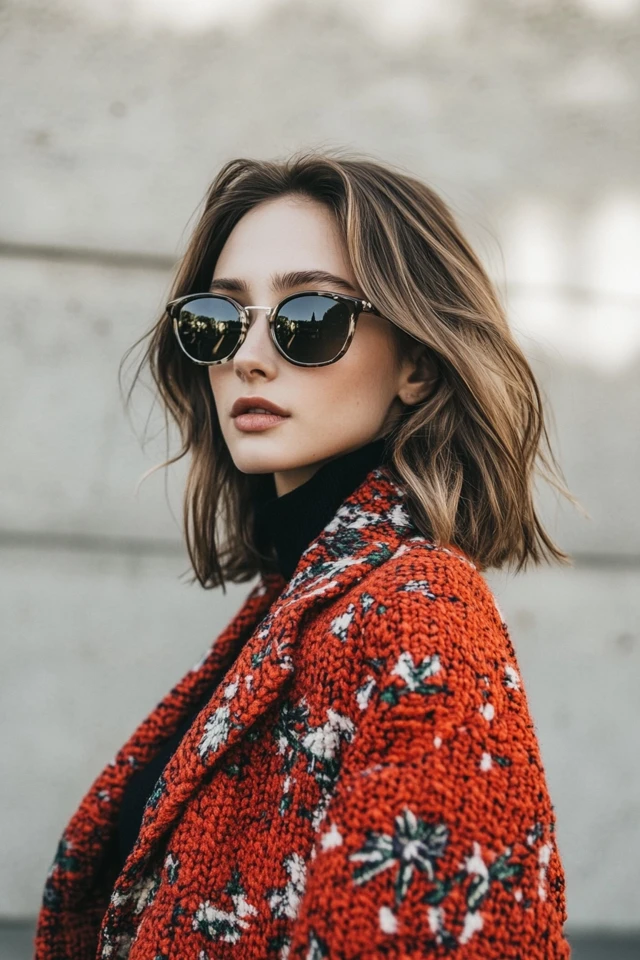
Picture Gallery
Types of Textures to Incorporate into Your Capsule Wardrobe
Adding texture doesn’t mean overhauling your wardrobe—it’s about strategically introducing fabrics and finishes that complement your existing pieces. Here are some textures to consider:
1. Knits
Knitted fabrics like wool, cashmere, and cotton add warmth, softness, and coziness to your wardrobe.
- Chunky Knit Sweaters: Perfect for creating a cozy, casual look in colder weather.
- Lightweight Cardigans: A subtle way to add texture without bulk.
- Ribbed Tops: Offer a more structured knit texture ideal for layering.
2. Silk and Satin
Smooth and shiny, silk and satin bring a touch of elegance and luxury to your outfits.
- Silk Blouses: Ideal for layering under blazers or pairing with jeans for a polished look.
- Satin Midi Skirts: A versatile piece that can be dressed up or down.
- Silk Scarves: Add a hint of texture and color to any outfit.
3. Denim
Denim is a timeless and durable texture that works well in both casual and semi-formal outfits.
- Raw Denim: Provides a slightly rugged and structured feel.
- Distressed Denim: Adds a worn, relaxed vibe to your look.
- Dark-Wash Jeans: A smoother, more refined denim option for elevated styling.
4. Leather and Faux Leather
Leather adds an edgy, polished, and tactile element to your wardrobe.
- Leather Jackets: A classic layering piece that works with everything from dresses to jeans.
- Leather Pants or Skirts: For a bold and contemporary look.
- Accessories: Leather belts, bags, or boots add subtle texture.
5. Linen
Lightweight and breathable, linen has a slightly crinkled texture that exudes effortless elegance.
- Linen Shirts: Perfect for warmer weather or layering under cardigans.
- Linen Pants: A relaxed yet chic option for casual outfits.
6. Tweed
Tweed offers a textured, structured look that’s perfect for professional or polished settings.
- Tweed Blazers: Add sophistication to workwear or smart-casual outfits.
- Tweed Skirts: Pair with a neutral top for a balanced look.
7. Velvet
Soft and luxurious, velvet is ideal for evening wear or adding a touch of drama to your outfits.
- Velvet Blazers: A statement piece that works for formal and semi-formal occasions.
- Velvet Dresses: Adds richness and elegance to your capsule wardrobe.
8. Faux Fur and Shearling
These cozy textures are perfect for outerwear or accessories in colder months.
- Faux Fur Coats: A bold, glamorous option for winter.
- Shearling-Lined Jackets: Practical and stylish for casual wear.
How to Incorporate Texture into Your Capsule Wardrobe
1. Start with One Textured Piece
If you’re new to using texture, start by incorporating one textured item into an otherwise simple outfit. For example, pair a chunky knit sweater with dark jeans, or add a silk scarf to a neutral t-shirt and blazer combo.
2. Layer Different Textures
Layering textures is a great way to add depth and dimension to your outfits. Try pairing smooth fabrics like silk or satin with coarser textures like wool or tweed. For example:
- Silk blouse + wool blazer + leather belt.
- Ribbed sweater + satin midi skirt + ankle boots.
3. Use Accessories for a Subtle Touch
If you’re hesitant to invest in textured clothing, start with accessories. Leather belts, suede boots, or woven bags are an easy way to introduce texture without committing to a full garment.
4. Mix Contrasting Textures
Combining contrasting textures creates visual interest and balance. For example:
- Pair a soft cashmere sweater with structured leather pants.
- Style a ribbed turtleneck with a velvet blazer for a sophisticated look.
5. Focus on Outerwear
Outerwear is an excellent way to incorporate texture, as coats and jackets naturally add layers to your outfit. A tweed blazer, faux fur coat, or denim jacket can instantly elevate your look.
6. Add Texture with Layers
Layering is a natural opportunity to play with texture. Combine different fabrics like cotton, knits, and silk to create depth in your outfit.
Outfit Ideas with Textured Pieces
1. Cozy and Casual
- Chunky knit sweater + distressed denim + suede ankle boots.
- Accessorize with a leather crossbody bag.
2. Polished and Professional
- Silk blouse + tweed blazer + tailored trousers.
- Add a structured leather tote and minimal jewelry.
3. Evening Elegance
- Velvet dress + satin scarf + strappy heels.
- Finish with a faux fur coat for extra drama.
4. Smart-Casual Weekend
- Ribbed turtleneck + dark-wash jeans + leather jacket.
- Pair with white sneakers for a relaxed vibe.
5. Transitional Weather Look
- Linen shirt + wool cardigan + raw denim jeans.
- Add loafers and a lightweight trench coat.
Practical Tips for Adding Texture
- Stick to Your Color Palette: Ensure textured pieces match your existing wardrobe’s color scheme for maximum versatility.
- Balance Textures: Avoid overwhelming your outfit with too many heavy or bold textures—mix smoother fabrics for contrast.
- Invest in High-Quality Pieces: Textured fabrics like wool, silk, or leather look and feel better when they’re well-made.
- Rotate Seasonally: Incorporate lighter textures like linen in summer and cozier fabrics like velvet or tweed in winter.
- Experiment and Have Fun: Adding texture is a chance to get creative—don’t be afraid to try new combinations and step outside your comfort zone.
FAQs
1. How do I make textured pieces work for a minimalist wardrobe?
Focus on subtle, neutral textures like ribbed knits, raw denim, or smooth leather to maintain simplicity while adding depth.
2. Can I mix multiple textures in one outfit?
Yes! Aim for balance by combining no more than 2–3 textures in complementary fabrics and tones.
3. Are textured pieces harder to care for?
Some fabrics like silk or velvet require extra care, but many textured fabrics like denim, wool, or leather are durable and easy to maintain.
4. What if I prefer bold colors in my capsule wardrobe?
Choose textured pieces in your accent colors to create visual interest without disrupting your palette.
5. How do I add texture to a summer capsule wardrobe?
Opt for lightweight textures like linen, eyelet, or crinkled cotton for a breathable, summery feel.
Conclusion
Adding texture to your capsule wardrobe is the key to creating outfits that feel rich, layered, and uniquely you. Whether you’re introducing cozy knits, luxurious silks, or structured leathers, texture brings your wardrobe to life and enhances its versatility.
By focusing on high-quality fabrics, experimenting with layers, and keeping your color palette cohesive, you can elevate your capsule wardrobe while staying true to its minimalist principles.
What are your favorite textured pieces or combinations? Share your styling tips and ideas in the comments below, and let’s inspire each other to embrace the art of texture!

